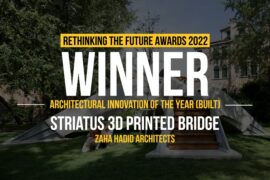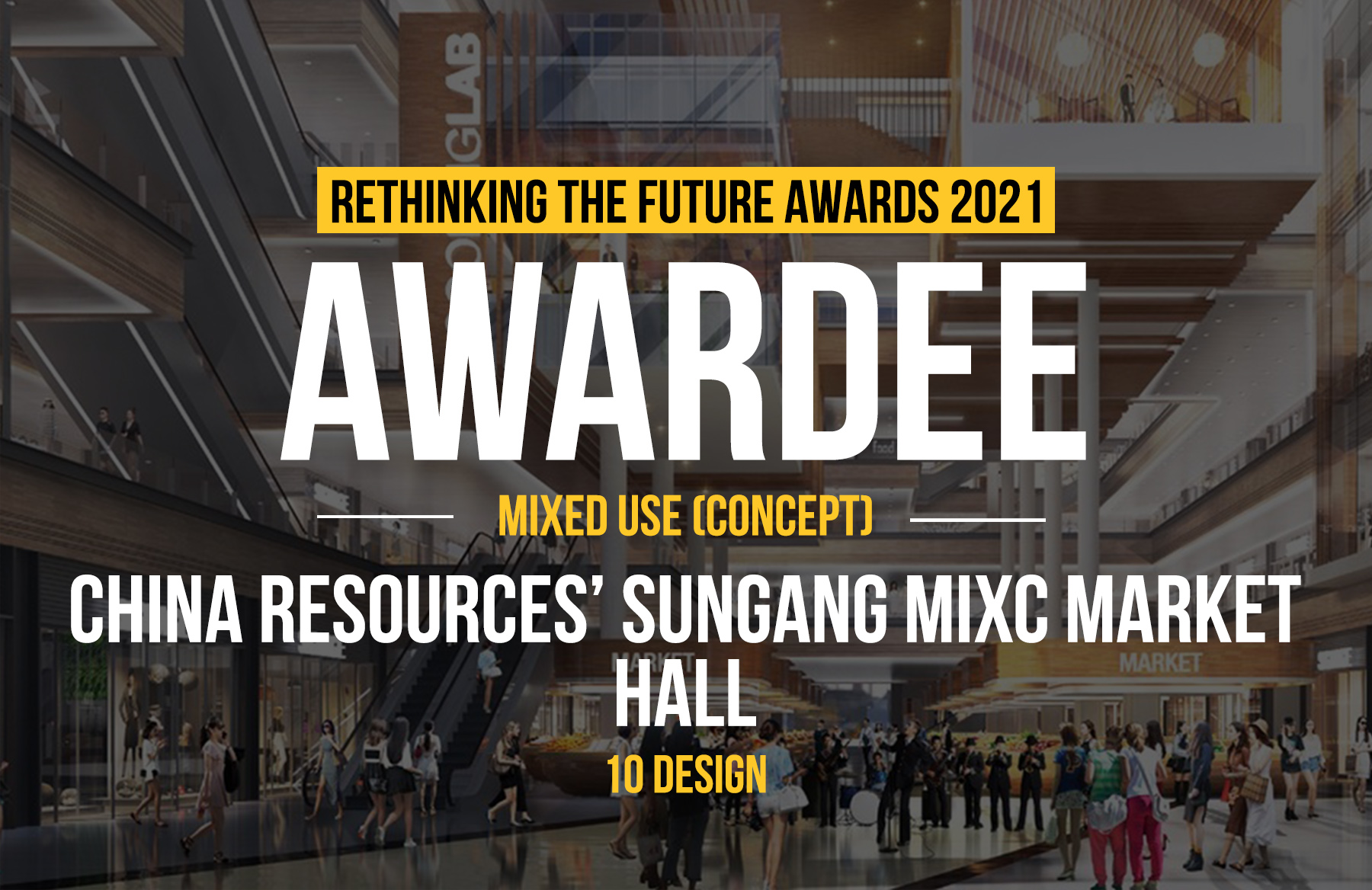Third Award | Mixed Use
[tabs type=”horizontal”]
[tabs_head]
[tab_title]Project Info[/tab_title]
[tab_title]Details[/tab_title]
[/tabs_head]
[tab]Participant Name: Andrea Dal Negro
University: Technical University of Innsbruck
Country : Italy[/tab]
[tab]Bio Architecture Center
The basic idea of the project is to give a new interpretation to architecture, dynamic, long-lasting, developed and integrated with nature by reducing its environmental impact and becoming a living and organic body. An architecture with the ability to act directly on environmental issues, which are usually solved with help of biology and biotechnology. The project wants no longer to be an end in itself and accommodate only the needs of humans, but those of nature and space in which it is inserted. It is therefore crucial to find a location that requires some type of intervention and act directly on that area.
For this project I chose the problem of an artificial lake’s pollution: namely Lake Burley Griffin, in Canberra, the Australian Capital Territory. The last decade has witnessed a tremendous intoxication caused by the over-growth of algae on the surface of the lake, a process called eutrophication. This phenomenon is the ecosystem response to the addition of artificial or natural substances, mainly phosphates, through detergents, fertilizers, or sewage. Negative environmental effects include hypoxia, the depletion of oxygen in the water, which may cause death to aquatic animals. This problem affects many areas, like the lake Chahou in China, or lake Erie in North America. The use of non-suitable fertilizer discharged large quantities of phosphates into the water. These, with nitrates, are the main nutrient for plants and, together with the sun, have stimulated an uncontrolled growth of blue-toxic algae. The blue algae, called also cyanobacteria, smother plants and fish and produce dangerous, sometimes lethal, toxins for humans. The ecosystem is heavily compromised, creating serious damage to the lake. In recent years the government has launched a policy of environmental improvement, designed to reduce phosphate pollution and avoid large accumulations of algae on the surface. The project aims to strengthen the policy in architectural scale, alongside the measures taken by the government. The intention of this project is to clean the water of the lake through the controlled cultivation of microalgae. Under the motto “Algae destroy Algae”, microalgae grow in the lake’s water, where nutrients are assimilated and reduced by them, which allows a rapid growth. The lake water is then collected, used for the cultivation of microalgae and released into the lake at the end of the process containing a lower level of phosphates, since the majority has been “eaten” by the microalgae. This continuous filtration process lowers the overall level of phosphates, with the aim of bringing it back to normal in few years. In addition to acting on the problem, it is possible to obtain various biological products from the algal biomass, including bio-fertilizers, which would replace the old fertilizers, thus affecting also the root of the problem. The result is a dynamic architecture, which changes its appearance thanks to the color variation of microalgae and which acts continuously on a environmental disequilibrium.
Architecture and biotechnology merge, creating a large and fascinating treatment system with a biological production, reducing the carbon footprint and contextualize itself in the environment in which it is built.
[/tab]
[/tabs]
If you’ve missed participating in this award, don’t worry. RTF’s next series of Awards for Excellence in Architecture & Design – is open for Registration.
[button color=”black” size=”medium” link=”httpss://www.re-thinkingthefuture.com/awards/” icon=”” target=”false”]Participate Now[/button]
[g-gallery gid=”7625″]





